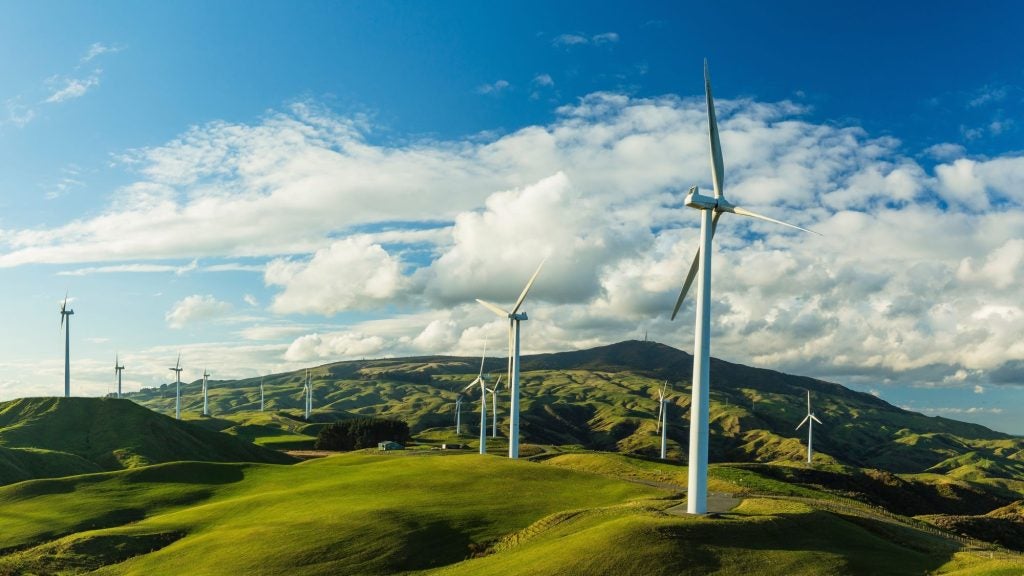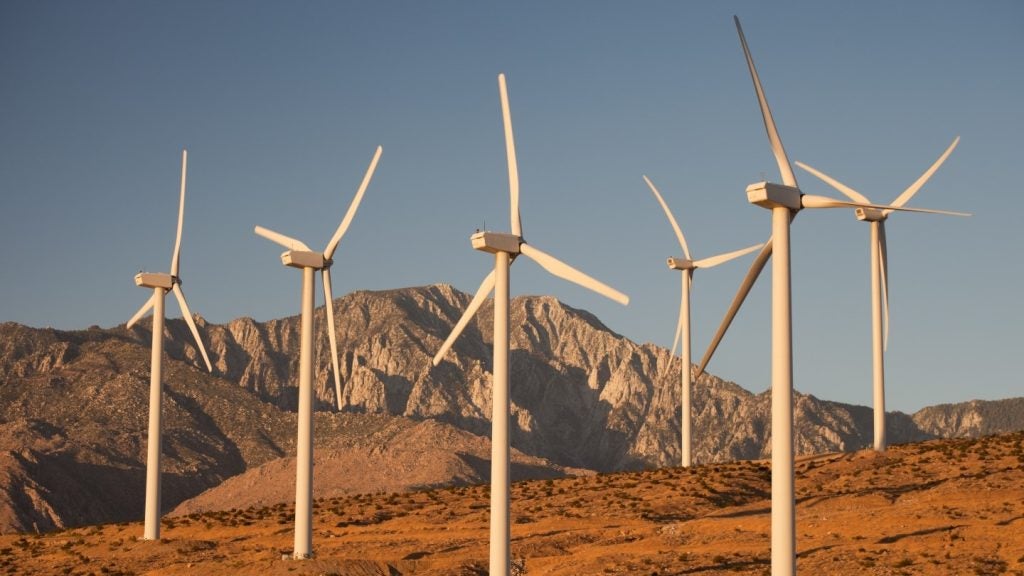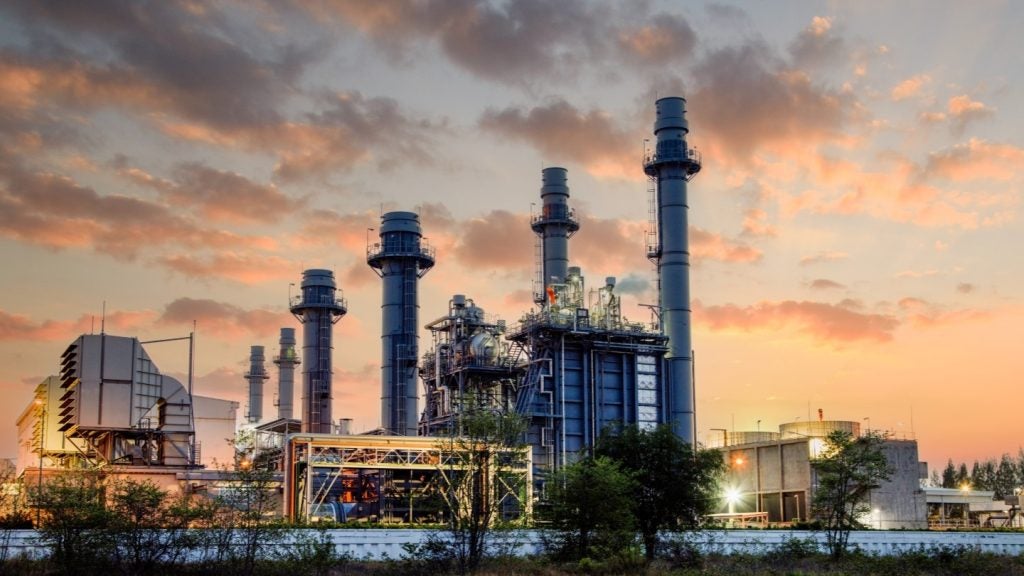Inner Mongolia Wulanchabu Meiguiying Wind Farm is a 49.3MW onshore wind power project. It is located in Inner Mongolia, China. According to GlobalData, who tracks and profiles over 170,000 power plants worldwide, the project is currently active. It has been developed in a single phase. Post completion of construction, the project got commissioned in 2009. Buy the profile here.
Description
The project was developed by Inner Mongolia Huadian Meiguiying Wind Power Generation and Siemens Gamesa Renewable Energy.
The project generates 121,771MWh electricity thereby offsetting 113,359t of carbon dioxide emissions (CO2) a year.
Development status
The project is currently active. The project got commissioned in 2009.
Contractors involved
Siemens Gamesa Renewable Energy was selected as the turbine supplier for the wind power project. The company provided 58 units of G52-850 kW turbines, each with 0.85MW nameplate capacity.
See Also:
For more details on Inner Mongolia Wulanchabu Meiguiying Wind Farm, buy the profile here.
About Siemens Gamesa Renewable Energy
Siemens Gamesa Renewable Energy SA (Siemens Gamesa), formerly Gamesa Corporacion Tecnologica SA, a subsidiary of Siemens Energy AG, is a supplier of wind power solutions. The company designs, manufactures and sells both onshore and offshore wind turbines. The company also carries out the management, monitoring and maintenance of wind farms. Its services include diagnostic services, energy thrust, multi-brand, and offshore logistics services. The company also uses digital tools to predict, detect and fix issues remotely. The company has its operational presence in Europe, the Americas, Asia Pacific, the Middle East, and Africa. Siemens Gamesa is headquartered in Zamudio, Vizcaya, Spain.
Premium Insights
From

The gold standard of business intelligence.
Blending expert knowledge with cutting-edge technology, GlobalData’s unrivalled proprietary data will enable you to decode what’s happening in your market. You can make better informed decisions and gain a future-proof advantage over your competitors.






